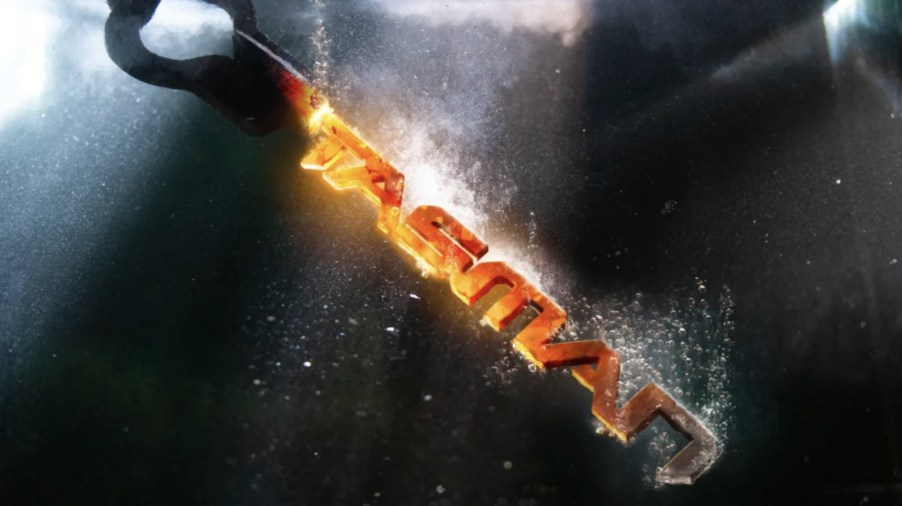
Don’t Get Excited About the Kia Tasman Truck yet
There have been new truck rumors for years. Now the first Kia pickup truck with real legs is upon us, but don’t get excited yet. The Kia Tasman truck has new, rugged teasers, but it might not come to America.
What is the Kia Tasman truck?
The Kia Tasman truck is the first official mid-size truck that Kia is building for areas like Australia, Korea, Africa, and the Middle East.
But there is no word on if the Tasman Truck will come to America, and rumors suggest that it’s unlikely. A separate Kia truck could be in the works for the North American market.
However, the dream isn’t completely dead. This truck reportedly has a phased global launch strategy. It could come to other areas later.
Production of the Tasman will start overseas, meaning the truck would face the expensive 25% chicken tax. There’s currently only one Kia plant in America and it’s busy.
The plant in West Point, Georgia, builds the Kia Telluride, Sorento, Sportage, and the all-electric EV9. It probably doesn’t have the time or space to build a truck, but if it’s based on the Telluride then it could have similar parts to help improve production speeds.

This is disappointing because the Tasman truck has new teasers with the Tasman name being forged in fire. It seems like an off-roading truck that will rival popular trucks like the Ford Ranger and Toyota Hilux.
The Kia Tasman truck is expected to have a diesel powertrain that probably fails to meet the higher emission standards in America.
Plus, rumors suggest that it will have a traditional ladder-on-frame build instead of having a unibody design. So, it will be a bit tougher for off-roading with more suspension travel and durability.
Along with four-wheel drive, it could have different cab sizes and bed lengths. The single-cab variant will make Americans jealous.
The Kia truck for America is currently expected to be a little smaller than the Ford Ranger. In some clues, it’s referred to as an ute or a C-segment truck. It could have a unibody design.
Last but not least, the American model might be electric. That’s positive for efficiency and negative for towing and hauling power.





